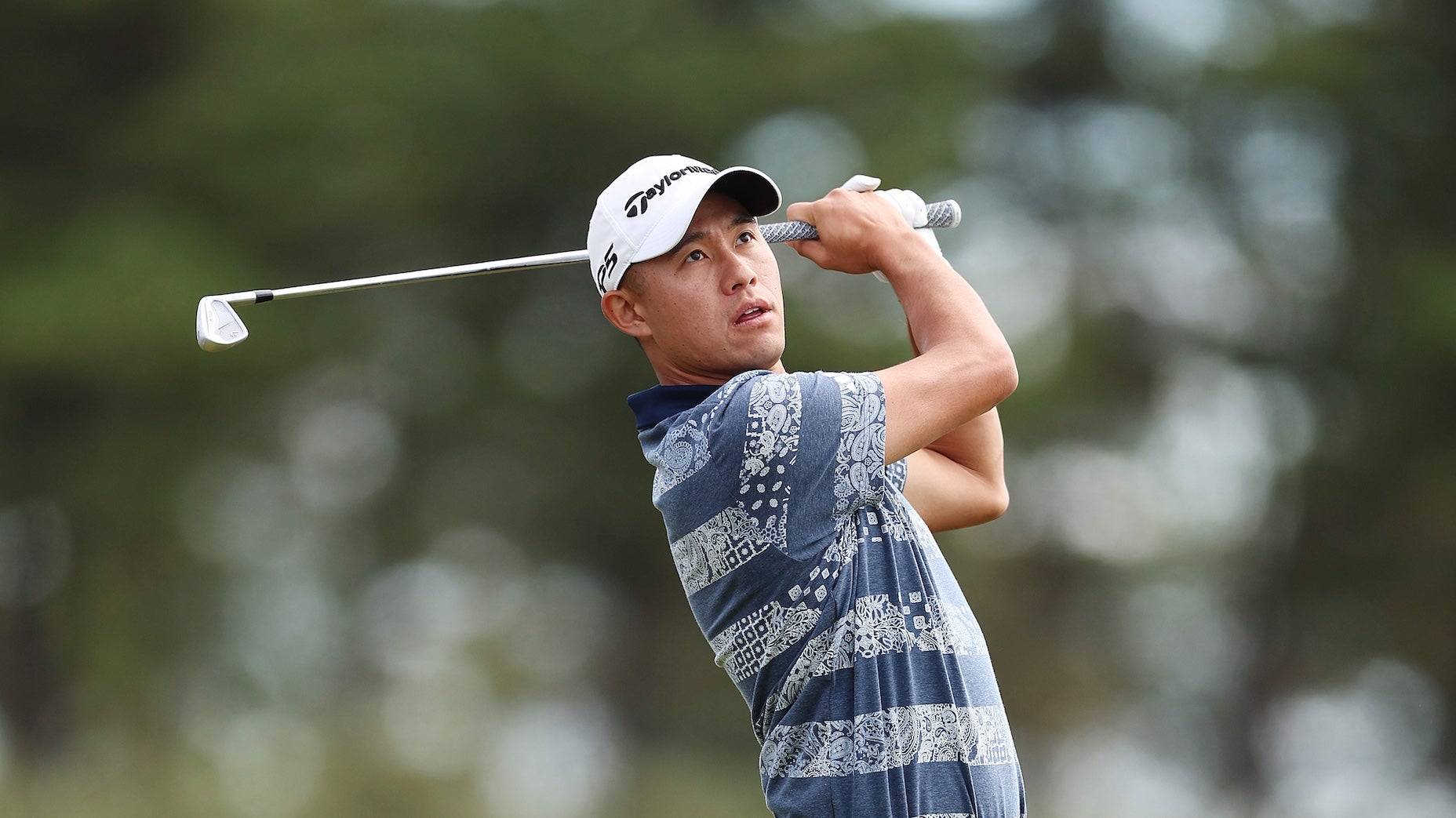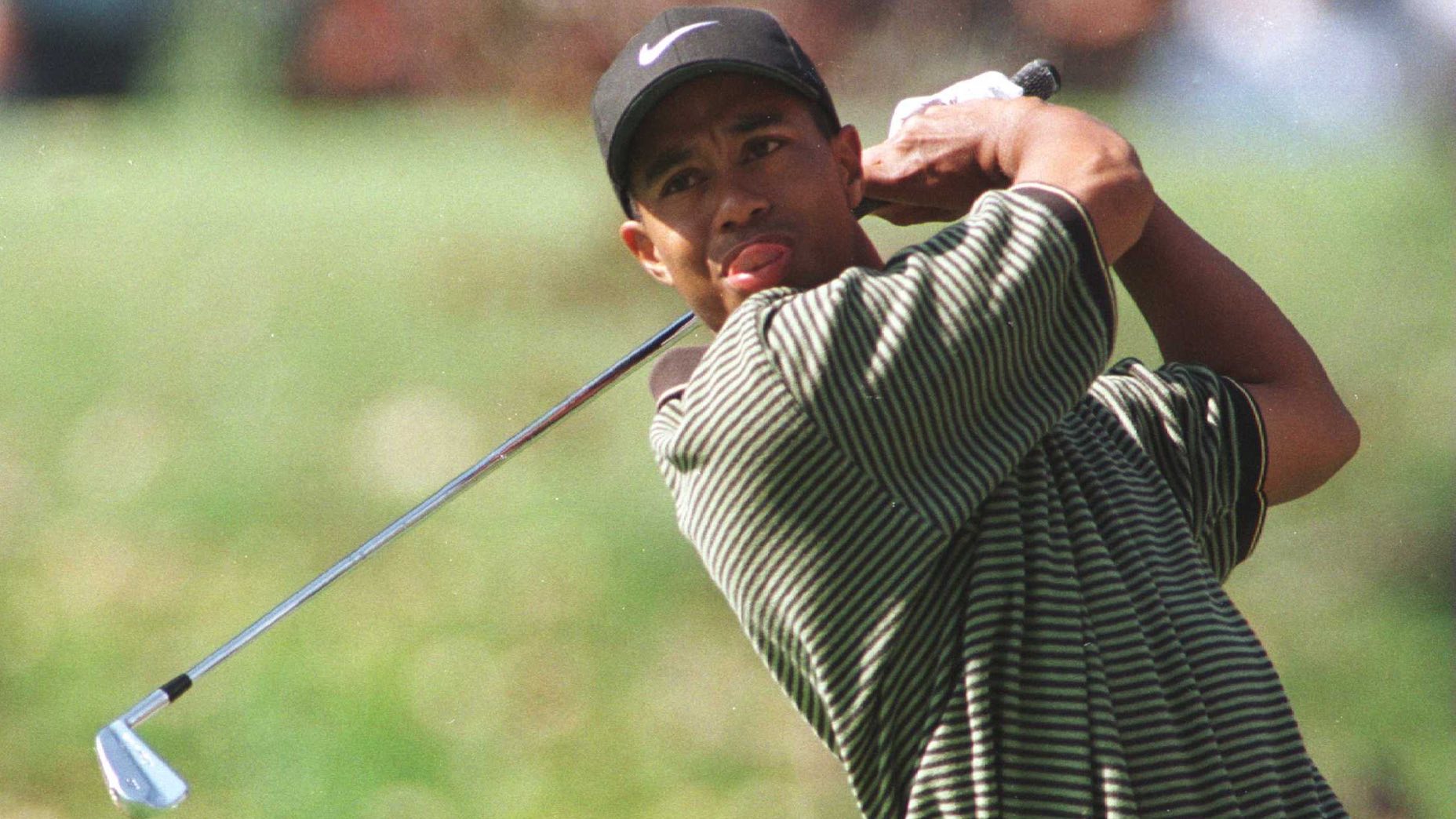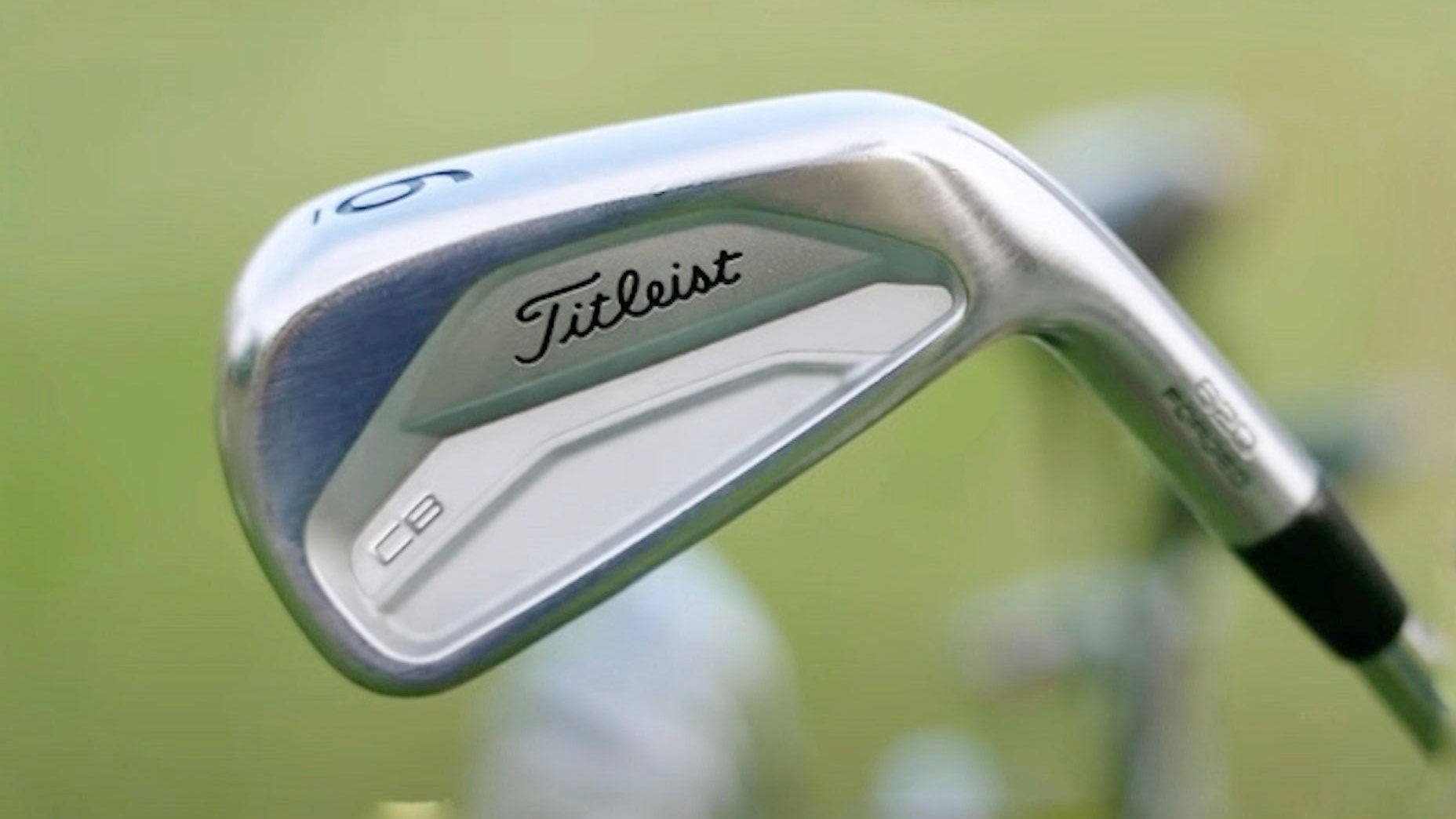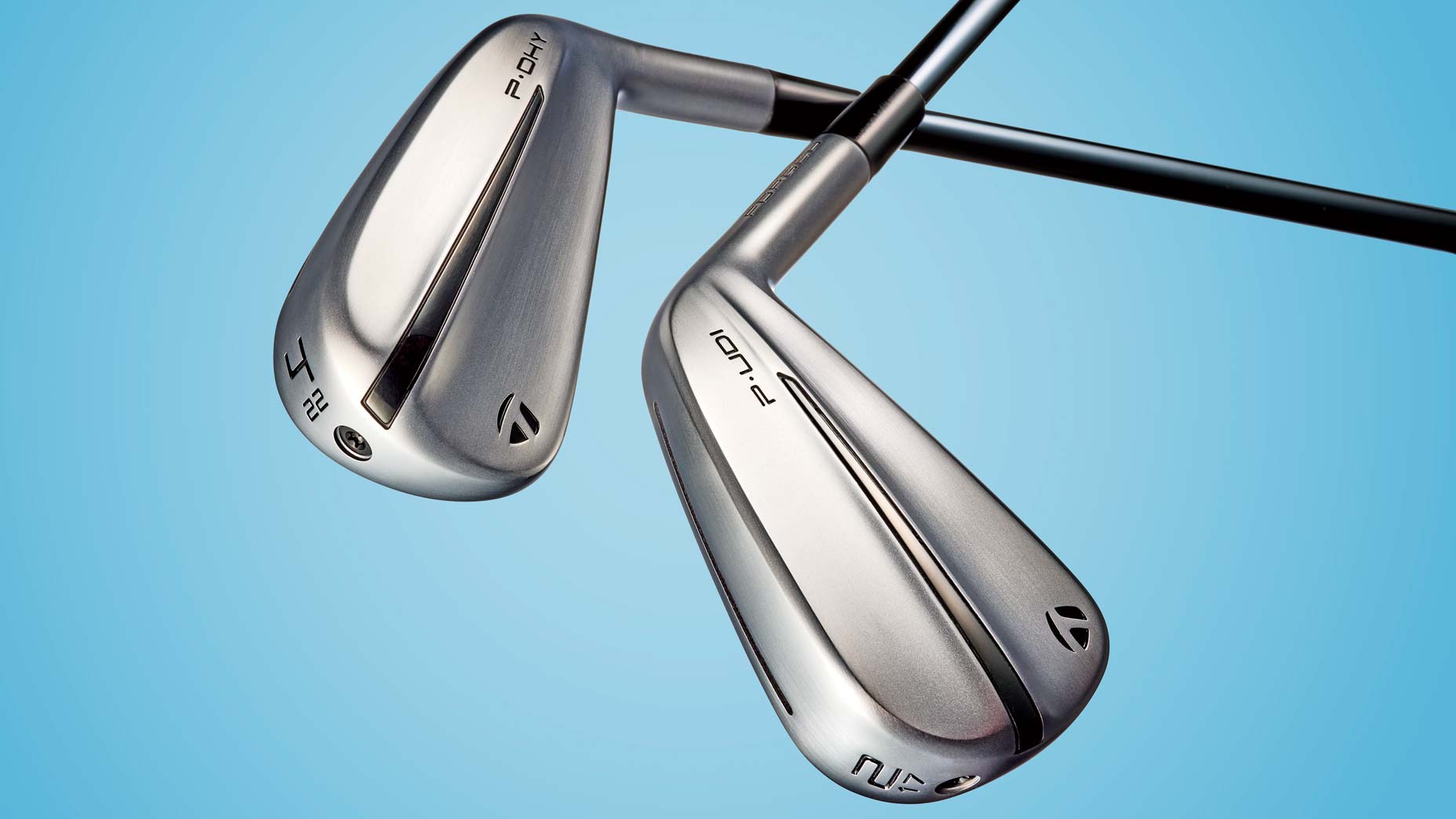 TaylorMade’s P·UDI and P·DHY utility irons continue popular trend at all levels of golf
TaylorMade’s P·UDI and P·DHY utility irons continue popular trend at all levels of golf
Ping’s Blueprint irons are geared for ‘highly skilled golfers’
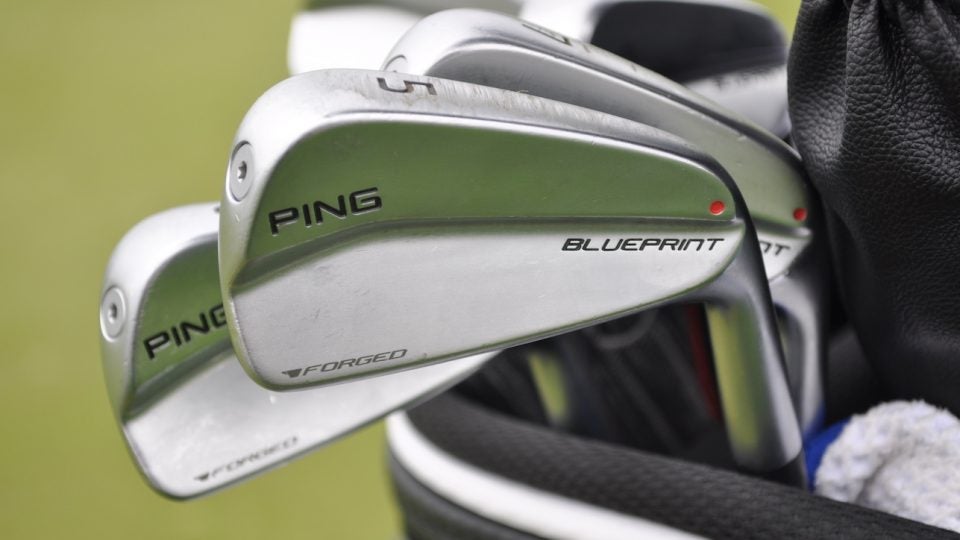
No offense to the mid-handicapper, but if you’re reading this, it’s time to come to terms with the fact that Ping’s Blueprint irons likely aren’t for you. With the smallest profile in Ping’s iron lineup, it shouldn’t come as surprise Ping engineers sought extensive feedback from some of the best ball-strikers in the world during the creation process, including staffers Louis Oosthuizen and Tony Finau.
“[W]e know the Blueprint iron isn’t for everyone,” said Ping president John K. Solheim. “We encourage golfers interested in the Blueprint to get fit and compare it to other Ping iron designs to find the best solution for their game. To paraphrase the warning sign next to the first tee at Bethpage Black that we saw so often last week during the PGA Championship, ‘The Blueprint is an extremely difficult iron to play, which we recommend only for highly skilled golfers.'”
The blade is forged from 8620 carbon steel (hydropearl 2.0 finish) and boasts a shorter blade length than iBlade for the player who prioritizes workability and trajectory control over added forgiveness. Reduced offset and a narrow sole width are two features the better-player will embrace, along with a machined tungsten screw in the toe for MOI (forgiveness) purposes. The toe weight combines with an internal tungsten weight in the heel to dial-in swing-weight preferences.

ADVERTISEMENT
“I put them in play immediately once they arrived,” said Finau. “They’re workable, incredibly versatile and feel great. There isn’t a single shot I can’t hit with them, which gives me a lot of confidence in pressure situations. The look at address is also perfect; the size and shape really fit my eye.”
While Blueprint wasn’t designed to replace iBlade, several Ping staffers requested a blade-style iron with more control and workability. According to Ping, testing with a smaller head size revealed some players produced “tighter stat areas when hitting the more compact head.”
As opposed to releasing Blueprint on Tour and then shortly thereafter at retail, Ping waited more than eight months to finalize a retail version. Each head undergoes a four-step, multi-stage process for the one-piece forging. In total, more than 50 steps are required during the manufacturing process, including machining the face, grooves and inspecting the entire head.
“The feel is amazing,” Oosthuizen noted. “I love the feedback I get and how smoothly they go through the turf from any lie. They’re like no other iron I’ve ever hit.”
Ping’s Blueprint irons (2-PW) retail for $230 (per iron) and come standard with True Temper Dynamic Gold 120 (S300, X100) or PING AWT 2.0 (R, S, X). The stock grip is Golf Pride’s MCC Align (black/white).
ADVERTISEMENT



